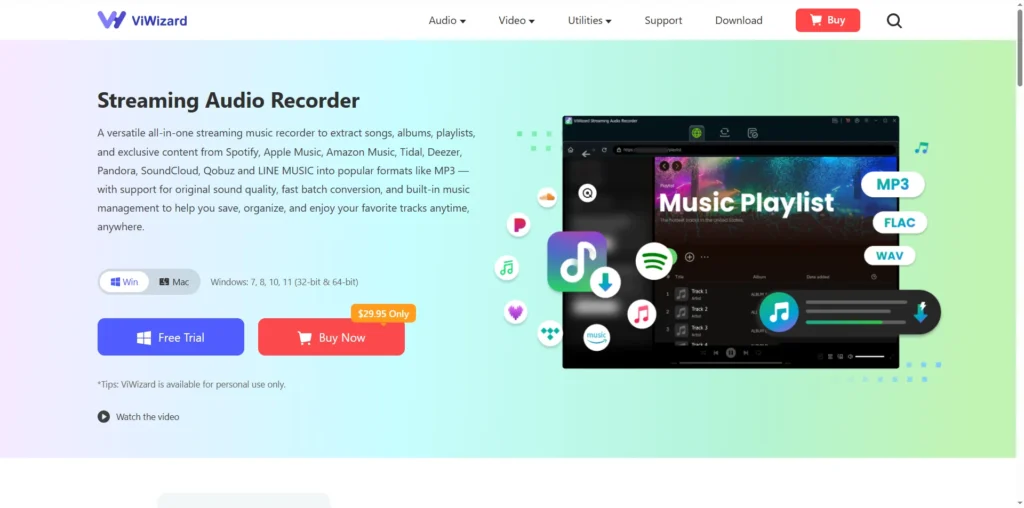3 Essential Considerations When Purchasing Industrial-Grade Wide Format Printing Systems

The wide format printing market continues to evolve rapidly, presenting significant challenges for organizations seeking to optimize their visual communication and production capabilities. Commercial print providers, in-house marketing departments, and architectural firms face increasingly complex decisions when evaluating equipment that will directly impact operational efficiency and output quality. Investing in high-quality large format printers represents a substantial capital commitment that demands thorough technical assessment beyond superficial specifications or initial acquisition costs. This evaluation process requires careful analysis of multiple factors including imaging technology, ongoing operational expenses, workflow integration capabilities, and vendor support infrastructure to ensure maximum return on investment throughout the equipment lifecycle.
Comprehensive Total Cost of Ownership Analysis
The most common mistake organizations make when acquiring wide format printing equipment involves focusing exclusively on initial purchase price while overlooking the long-term operational cost structure that ultimately defines true equipment value.
I’ve witnessed numerous print operations struggle after purchasing seemingly affordable systems only to discover exponentially higher running costs that eroded profitability. A proper TCO analysis must examine ink consumption patterns across your specific production mix—usage rates can vary dramatically between manufacturers even when comparing similar technology platforms. One architectural firm I consulted with discovered their “bargain” printer consumed nearly 40% more ink than a premium alternative when producing their typical output, completely negating the initial price advantage within 14 months of operation.
Maintenance requirements represent another critical cost factor often minimized during sales presentations. Certain print platforms require frequent printhead replacements costing $1,200-1,800 each, while others utilize permanent printheads designed to last the equipment lifetime. Similarly, some systems require daily maintenance procedures taking 15-20 minutes, while others can operate with weekly attention—a difference potentially representing thousands in annual labor costs depending on your production schedule. The most sophisticated buyers create comprehensive 5-year TCO models incorporating all consumables, maintenance parts, service contracts, and operator labor to reveal the true economic picture beyond purchase price.
Output Application Compatibility Assessment
The technical capabilities of different printing platforms exhibit remarkable variation across different output applications, making application-specific evaluation essential for successful equipment selection.
Engineering organizations producing primarily CAD drawings require fundamentally different printing characteristics than retail display producers or fine art reproduction specialists. Line accuracy, color consistency, and media handling capabilities vary dramatically across equipment platforms despite similar marketing claims. One manufacturing client discovered their new printer produced exceptional photographic output but failed to render the precise thin lines and small text essential for their technical documentation, forcing a costly equipment replacement just months after their initial investment.
Media compatibility represents another critical technical consideration with substantial operational implications. Equipment designed primarily for aqueous ink technology may struggle with specialty substrates like textiles, metals, or synthetics that require solvent, UV, or latex ink formulations. Several print providers I’ve worked with significantly expanded their service offerings and profit margins by selecting equipment with broader substrate compatibility rather than focusing exclusively on traditional paper-based applications. This adaptability proved especially valuable during market disruptions when certain segments contracted while others expanded.
Workflow Integration Capabilities
The most overlooked aspect of large format printer acquisition involves assessing how effectively the equipment will integrate with existing production workflows and software ecosystems.
Even technically superior printing equipment can become an operational liability when it creates workflow inefficiencies or requires specialized operator knowledge. I recently analyzed a situation where a commercial printer struggled with a new high-speed system that proved incompatible with their existing RIP software, forcing them to maintain separate workflow streams for different output devices. This seemingly minor compatibility issue created substantial scheduling complications and increased labor costs that significantly reduced the equipment’s economic value despite its impressive production speed.
The sophistication of embedded printer software represents another critical evaluation factor. Advanced systems now incorporate automated nesting algorithms that can reduce media waste by 15-22% compared to manual layout approaches. Similarly, integrated color management tools can dramatically reduce setup time for color-critical applications while improving consistency across multiple print runs. Organizations achieving the greatest ROI typically select equipment offering robust API capabilities that enable tight integration with existing MIS systems for automated job ticketing, costing, and production tracking—capabilities that substantially reduce administrative overhead compared to manually managed workflows.

Top Online Only Banks You Can Trust in the USA

Business Checking Account Options for Modern Entrepreneurs

Why Businesses Require Inspection of an LPG Tank

Accelerating drug discovery through the DEL-ML-CS approach

AI in Marketing Is No Longer a Buzzword — It’s the Strategy

Unlock Your Music: How to Download Apple Music to MP3 with ViWizard

Top 10 Mobile App Development Companies in Dallas to Watch in 2026









